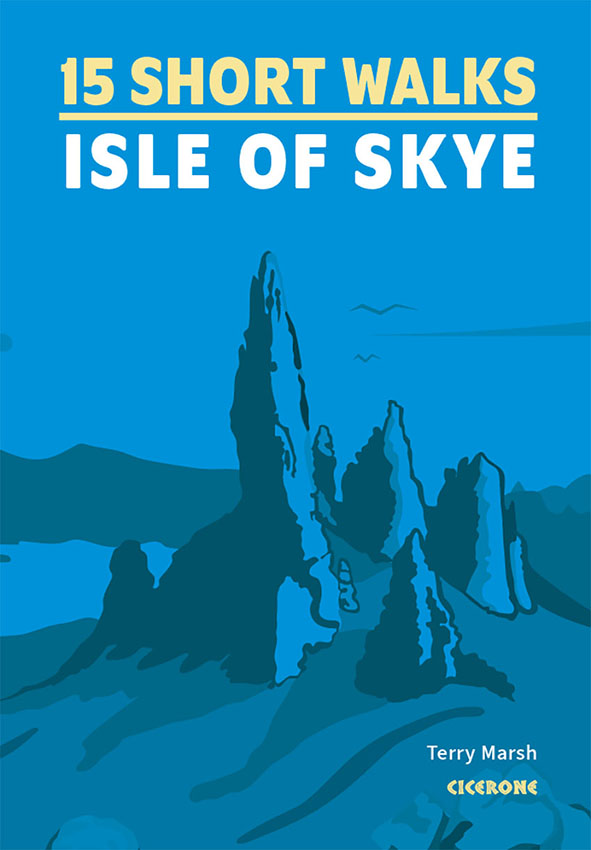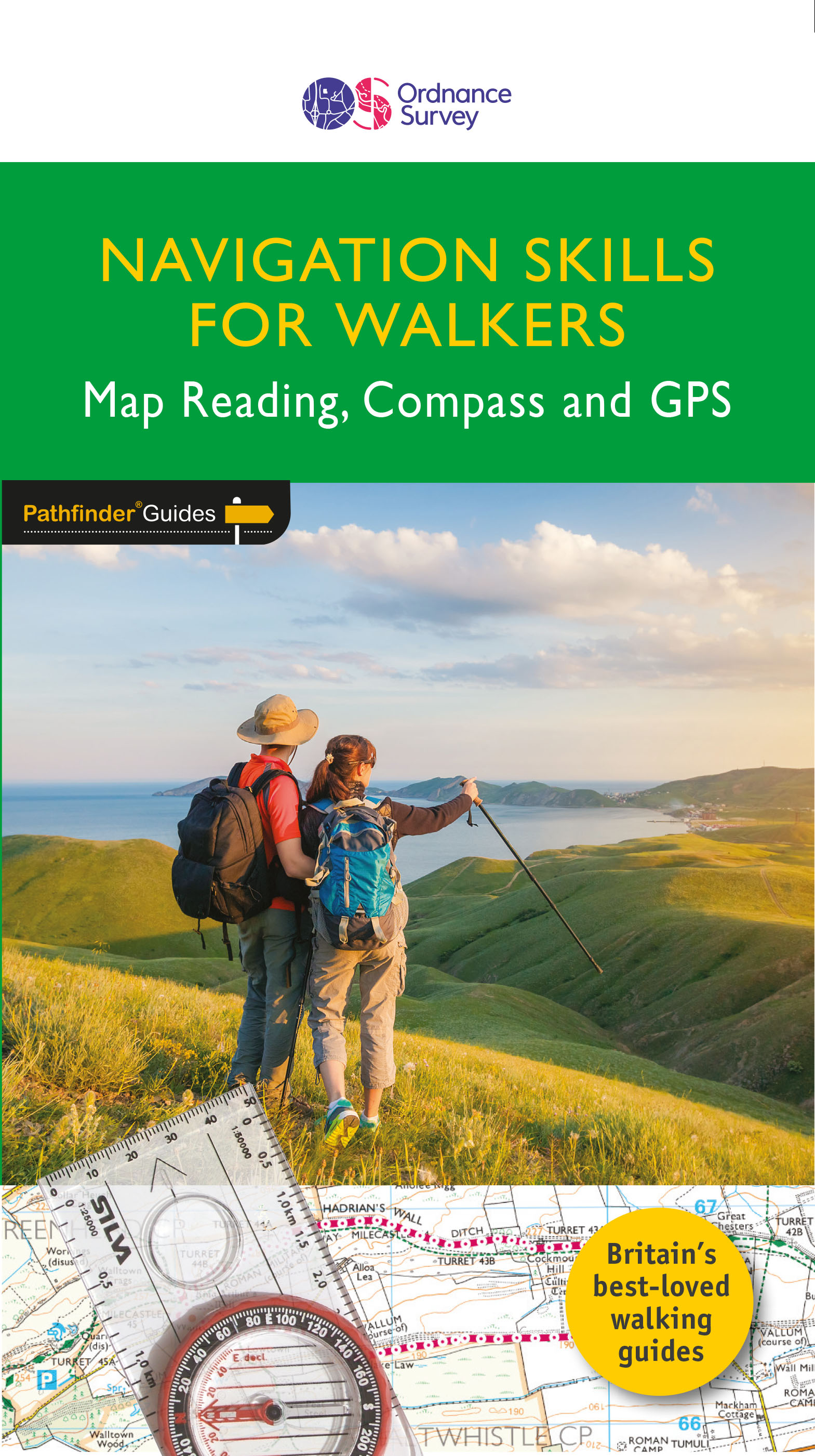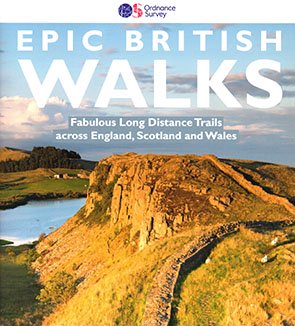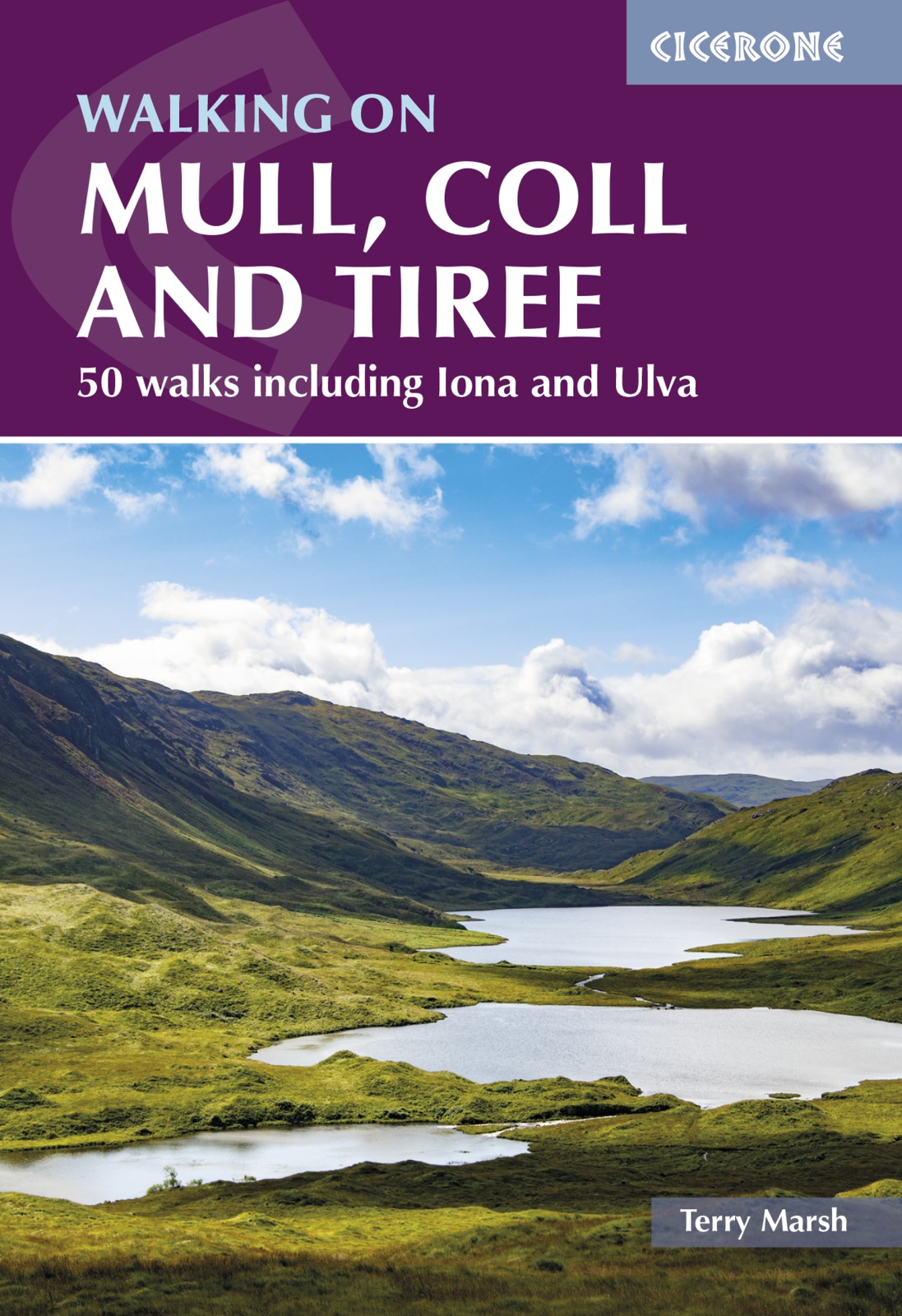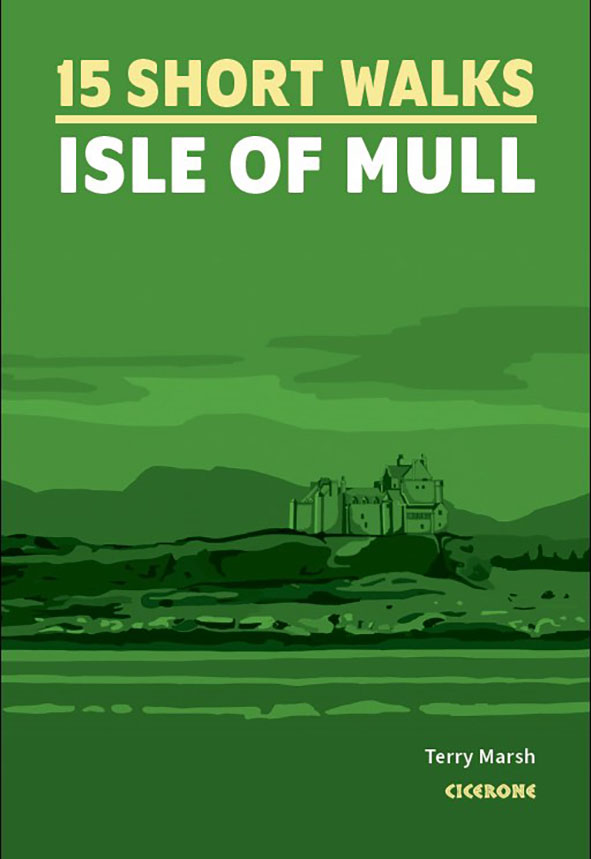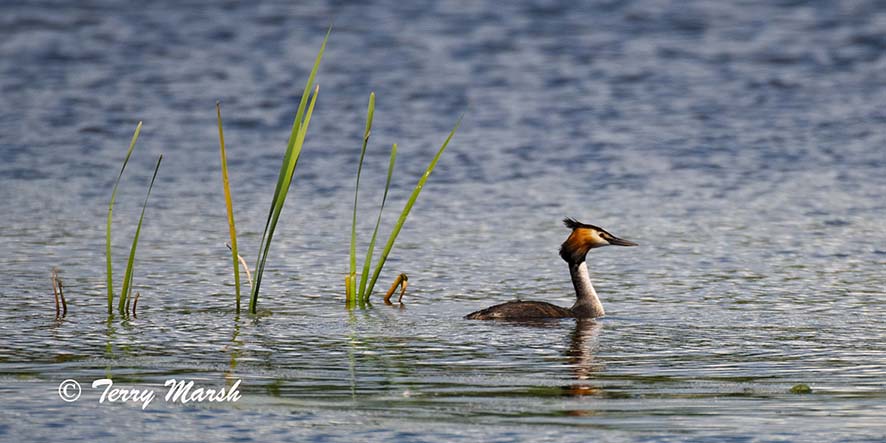
TERRY MARSH
WRITER : PHOTOGRAPHER
ORKNEY
Scratch the surface of Orkney and it bleeds history, prehistory mostly. You have only to spend a day or so on Orkney to realise that the wealth of Neolithic remains – chambered cairns, standing stones, souterrains and stone circles – is a stunning legacy, bequeathed by distant ancestors. No wonder then that in 1999 ‘Neolithic Orkney’ was awarded World Heritage Status.

Ring of Brodgar
Just 10km north of the coast of mainland Scotland at its nearest, Orkney is a group of 70 islands and skerries scattered across the Pentland Firth like rose petals before a bride. Only twenty of the islands are inhabited, and most of those linked by ferries or motorable causeways.
Kirkwall, on the island known as Mainland, is the main town, a settlement first mentioned in the Orkneyinga Saga in the year 1046 when it is recorded as the residence of Rögnvald Brusason, the Earl of Orkney. In terms of size, it is rivalled only by narrow-streeted Stromness, birthplace of Eliza Fraser, who in 1835, survived shipwreck on the Great Barrier Reef in Australia, was captured by Aboriginal people, but went on not only to provide a name for Fraser Island, but to become a legendary figure in Australian history.

Skara Brae
The Ring of Brodgar, Maes Howe, the Stones of Stennes and Skara Brae are the most renowned and popular prehistoric sites, but the whole ensemble constitutes a major prehistoric cultural landscape – arguably the best and most important in Western Europe − that gives a graphic depiction of life in this remote archipelago some 5,000 years ago.
For my money, the Broch of Gurness exceeds Skara Brae in its extent, construction and intrigue, and thankfully lies too far from the cruise ship port in Kirkwall for it ever to need the kind of management introduced at Skara Brae and Maes Howe since my first visit over twenty years ago. Likewise, the smaller (hands-and-knees) chambered cairns on Cuween Hill and Wideford Hill are miniature versions of Maes Howe, while the Tomb of the Eagles, which you have to enter lying on your back on a pulley, is a remarkable Stone Age tomb well worth seeking out (ND470846) at the southern tip of South Ronaldsay, and discovered only as recently as 1950.
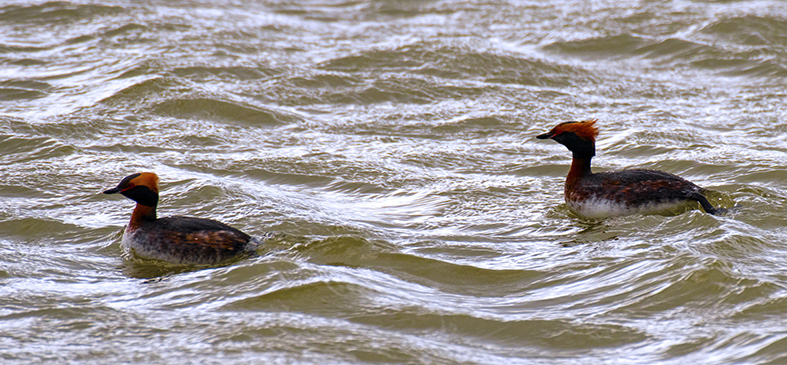
Slavonian grebe, Loch Skaill
The Brough of Birsay, too, is a fascinating place (HY239285), not least because you can only get to it, by a constructed pedestrian causeway, at low tide. Thankfully, the tourist office in Kirkwall put out a daily ‘What’s On’ pdf, which also gives the low tide times at Birsay. And while you’re waiting, take time out to visit the nearby Earl’s Palace, a ruined 16th-century castle, built by Robert Stewart, illegitimate son of King James V and his mistress.
New archaeological discoveries are being made each year, even in the centre of Kirkwall where road improvements recently exposed sections of the 14th-century Kirkwall Castle built without royal consent by Earl Henry Sinclair at a time when Orkney was still ruled by Scandinavian kings. There are excavations at older sites that continue during the summer months at several locations, notably at the already important Ness of Brodgar, a thin strip of land between the lochs of Stenness and Harray.

Broch of Gurness
Of more recent history, Orkney makes no attempt to conceal the impact of its wartime past. Most evident, and linking the southern islands, are the so-called Churchill Barriers built as a defensive measure to prevent enemy ships and submarines from entering Scapa Flow, which housed the bulk of Britain’s fleet at the time. Two of the four barriers have now been listed by Historic Environment Scotland. Travelling through Orkney today, it’s difficult to imagine the islands as they were in 1939, a bustling naval base in constant fear of German U-boats getting past the inadequate blockship and net defences. The barriers were formally opened by the first Lord of the Admiralty on 12 May 1945: ironically just in time for the end of the war.
Elsewhere, Hoxa Head near St Margaret’s on South Ronaldsay is a good example, there are remains of gun emplacements, concrete bunkers, watch towers and memorials from the Second World War, enough to satisfy even the most ardent military historian.
For the walker, the opportunities are comparatively limited. There are no sizeable hills other than on Hoy, and even there they don’t make it to 500 metres in height. For the cyclist, while there is limited scope for off-road cycling, the roads on Orkney are generally in good condition, even the many side roads that criss-cross then island.
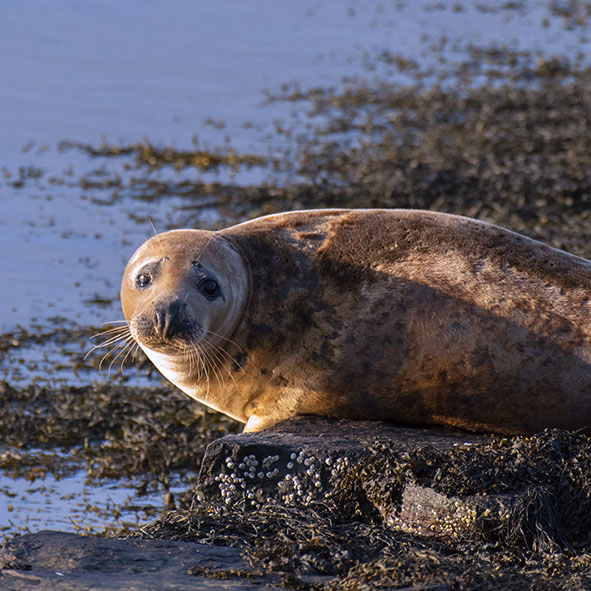
Hoy is more famous for the sea stack, the Old Man of Hoy. But there are others – Yesnaby, for example, and a little to the north of that at the Bay of Burwick – and if it’s coastal walking you’re after then you have plenty to go at. Some has found its way into the St Magnus Way, a 55-miles pilgrimage route devised to coincide with the 900th anniversary of Magnus’ martyrdom in 2017 on the island of Egilsay (the only stretch that isn’t on the Mainland).
For many it will be the wildlife that brings them to Orkney, and I don’t mean ‘clubbing’ (of which there is very little). No, it’s the natural history that astounds. Killer whale and dolphin often come right into Kirkwall Bay, and seals bask all around the coast on anything that will support their weight. Birdlife is outstanding, and rarities are blown in at any time of year to settle among the seasonally resident long-tailed duck, Slavonian grebe, black-tailed godwit, red-throated diver, white-tailed eagle, whooper swan, puffin, guillemot and razorbill.

Stones of Stenness
And when – if – you ever have your fill of Mainland Orkney and the easily accessible southern islands, there are the northern isles to keep you occupied. Rousay in particular is readily accessible from Tingwall on Mainland, and has a range of chambered cairns and, arguably, the finest of the Orkney brochs, that at Mid Howe.
The more remote islands, however, require a measure of forward planning. They are accessible throughout the year, but the winter ferry timetable operates between September and early May with limited options if all you want is a day trip.
This is a wonderful place, more sky than land, where the aurora borealis can catch you out (if you’re lucky), and the night skies are as dark as can be. The Orcadian-born writer George Mackay Brown admirably described Orkney as ‘…a microcosm of the world…continuously inhabited for about 6,000 years and the layers of cultures and races are inescapable and unavoidable wherever you go.’
In that, he hit the nail on the head.
ADDITIONAL INFORMATION
Tourist information
Destination Orkney, The Travel Centre, West Castle Street,
Kirkwall, Orkney KW15 1GU. Tel: +44 (1856) 872856; Email: admin@visitorkney.com. www.orkney.com.
GETTING THERE
Flights to Kirkwall Airport are operated by Loganair (www.loganair.co.uk).
Loganair flies to Kirkwall from Inverness, Glasgow, Edinburgh and Sumburgh.
Northlink Ferries (www.northlinkferries.co.uk)
operate car ferry services from both Aberdeen (to Kirkwall) and Scrabster (to
Stromness).
Pentland Ferries (www.pentlandferries.co.uk) run a
catamaran service from Gills Bay to St Margaret's, Hope (the shortest crossing to
Orkney).
John o’Groats Ferries operate a summer only pedestrian
service between John o’Groats and Burwick on South Ronaldsay (www.jogferry.co.uk).
GETTING AROUND
The best way to get around is by car. There are car hire
facilities at the airport (www.orkneycarhire.co.uk). In addition,
Loganair operates scheduled island-hopping flights within Orkney, linking
Mainland with the northern isles of Eday, North Ronaldsay, Sanday, Stronsay,
Westray and Papa Westray.
There is a Stagecoach bus service around Mainland (www.stagecoachbus.com).
Bikes can be hired from Orkney Cycle Hire in Stromness (www.orkneycyclehire.co.uk).
Inter-island car ferries are operated by Orkney Ferries (www.orkneyferries.co.uk). If you plan inter-island ferry travel, be sure to book ahead…don’t leave things to chance.
